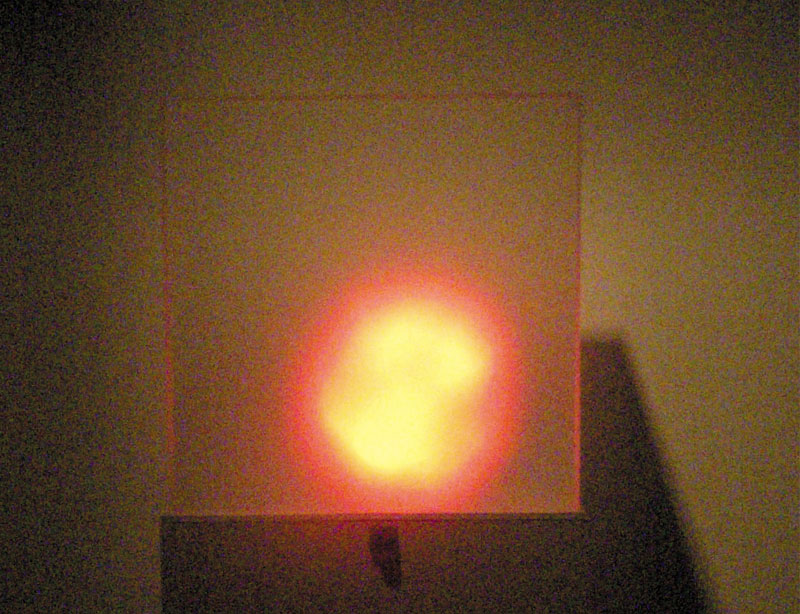
“Why is shame so close to the experienced self?cIt is because the self lives in the face, and within the face the self burns brightest in the eyes. Shame turns the attention of the self and others away from this most visible residence of the self, increases its visibility, and thereby generates the torment of self-consciousness.
E.L. Constable, Shame
Whether shame is a desire for visibility and invisibility related to the tolerance of over exposure to the other’s gaze, there is also an extreme self-consciousness acquired towards one’s actions. A displacement occurs: whatever image of self-reference one might possess is replaced by the obnubilating thought of what the other might see. It becomes a projection of irreconcilable visions.
Anxiety is a key factor, in some cases so severe that it pulls away the interpersonal connection with the others. A sense of rupture and dispersion becomes alienation: it is falsely supposed that by getting back to a narcissistic pond, everything will be safe, unharmed and perfect. The effect could not be more opposite from this belief, the falseness brings the person out of that still and obscure nirvana to painfully experience the contact with others back again.
One of the most prominent physical manifestations of the body’s anxiety is blushing.
The Blushing Machine is a triangular pedestal with an acrylic top. Inside the acrylic box resides a red light bulb connected to dimmer receiving information from a proximity sensor and regulated by a micro controller. Given the relevance of gaze or physical proximity as triggers for setting off a blushing experience, this piece has three electronic components that mimic the physiological processes in the body.
Pixillerations [v.5] Part of First WorksProv
Sol Koffler Gallery. Providence , RI